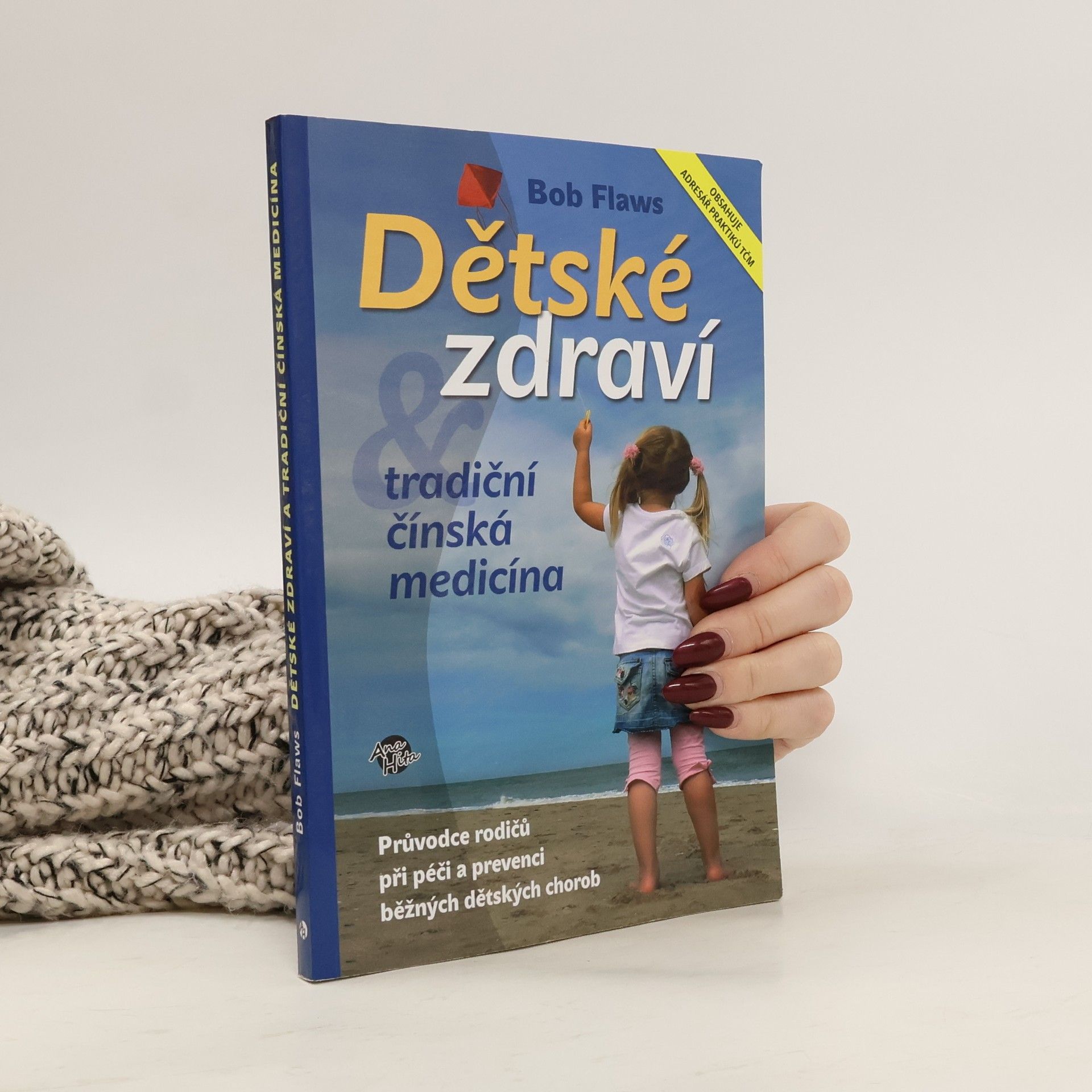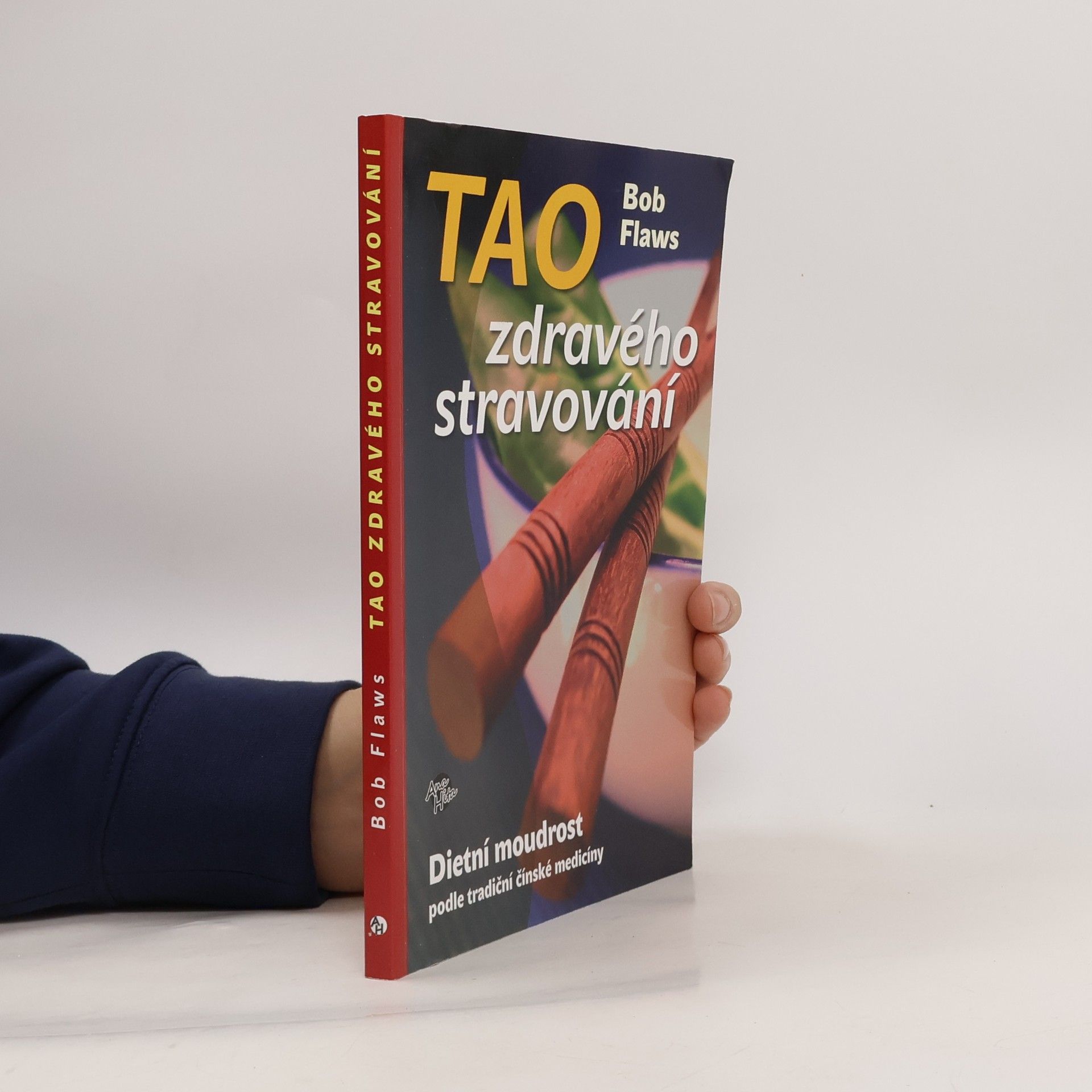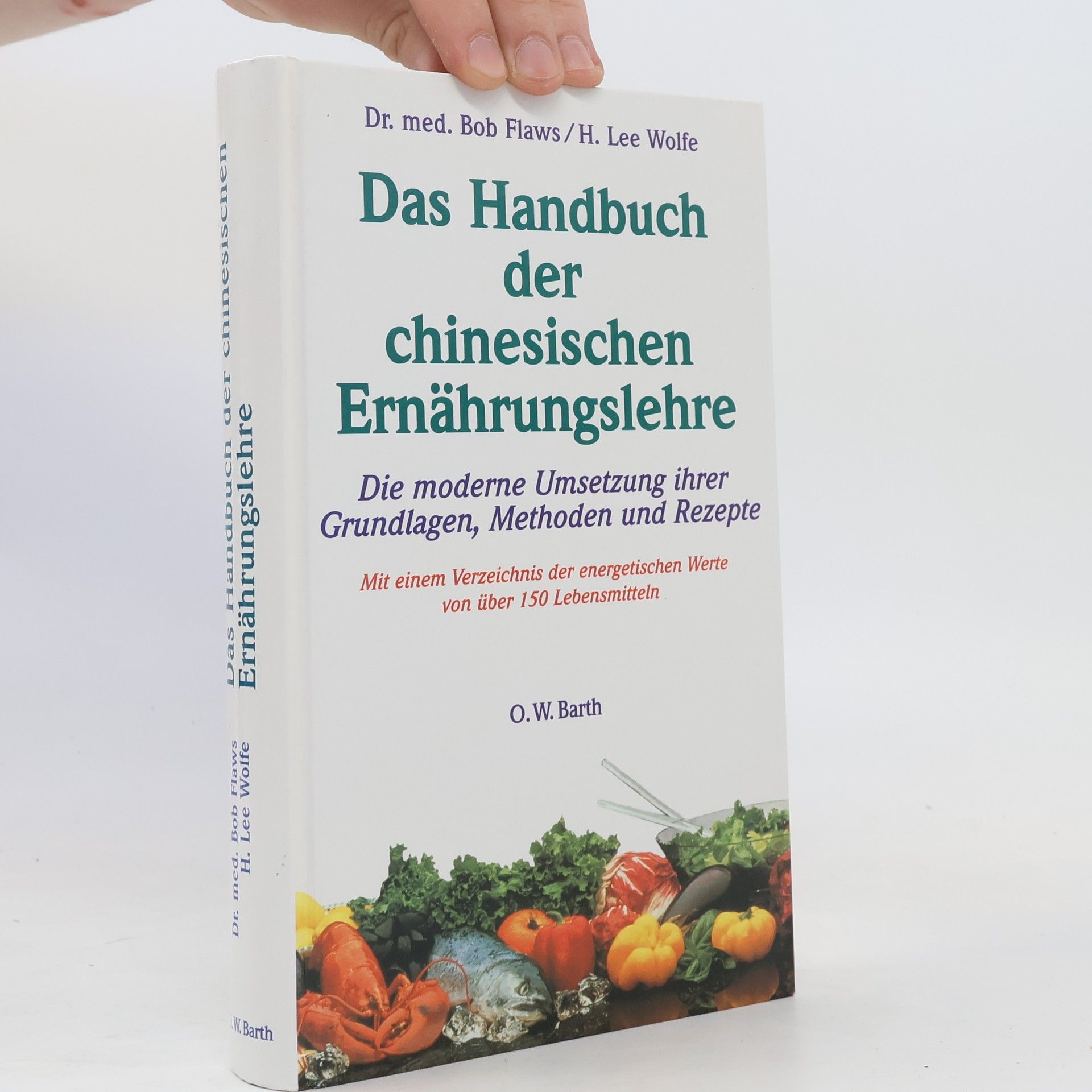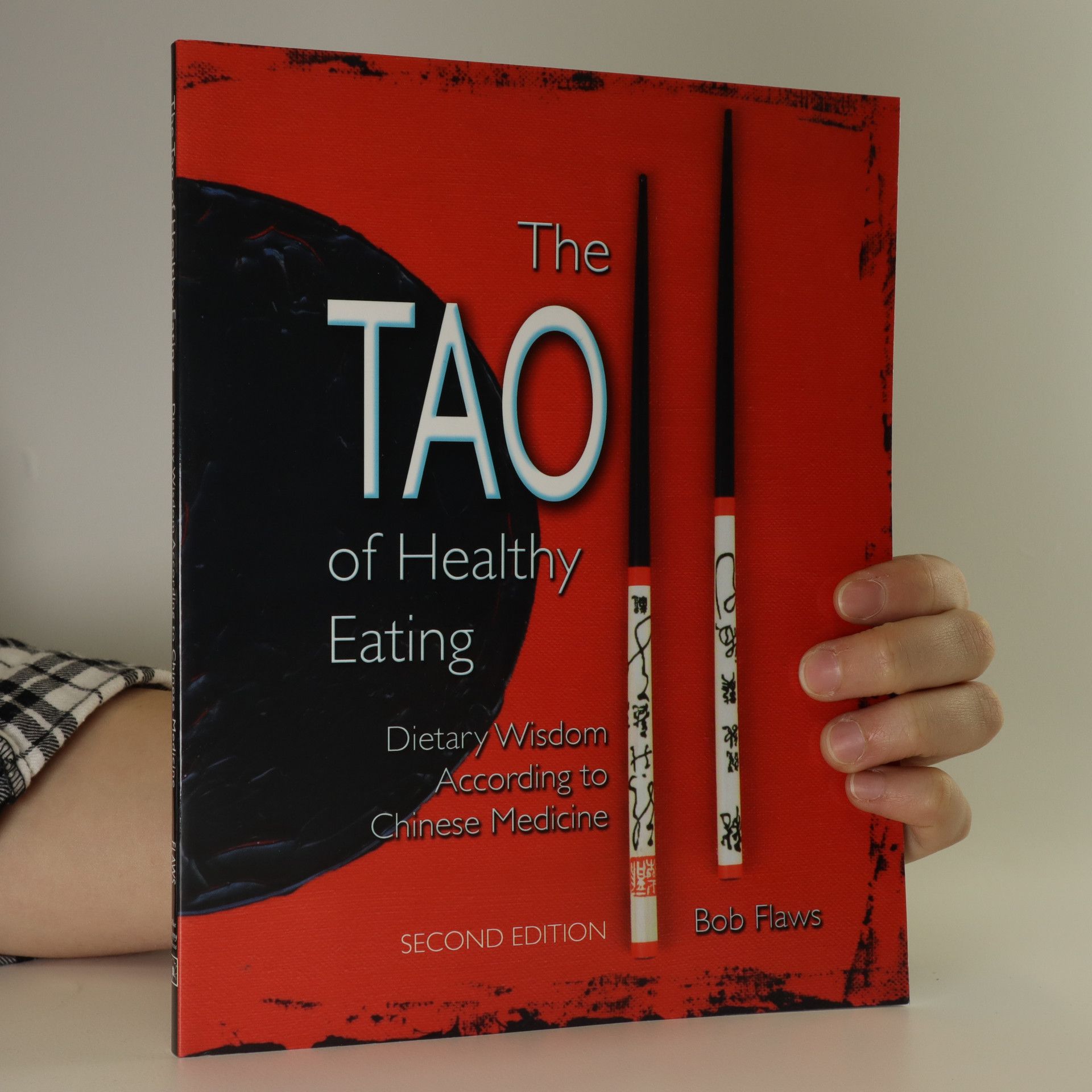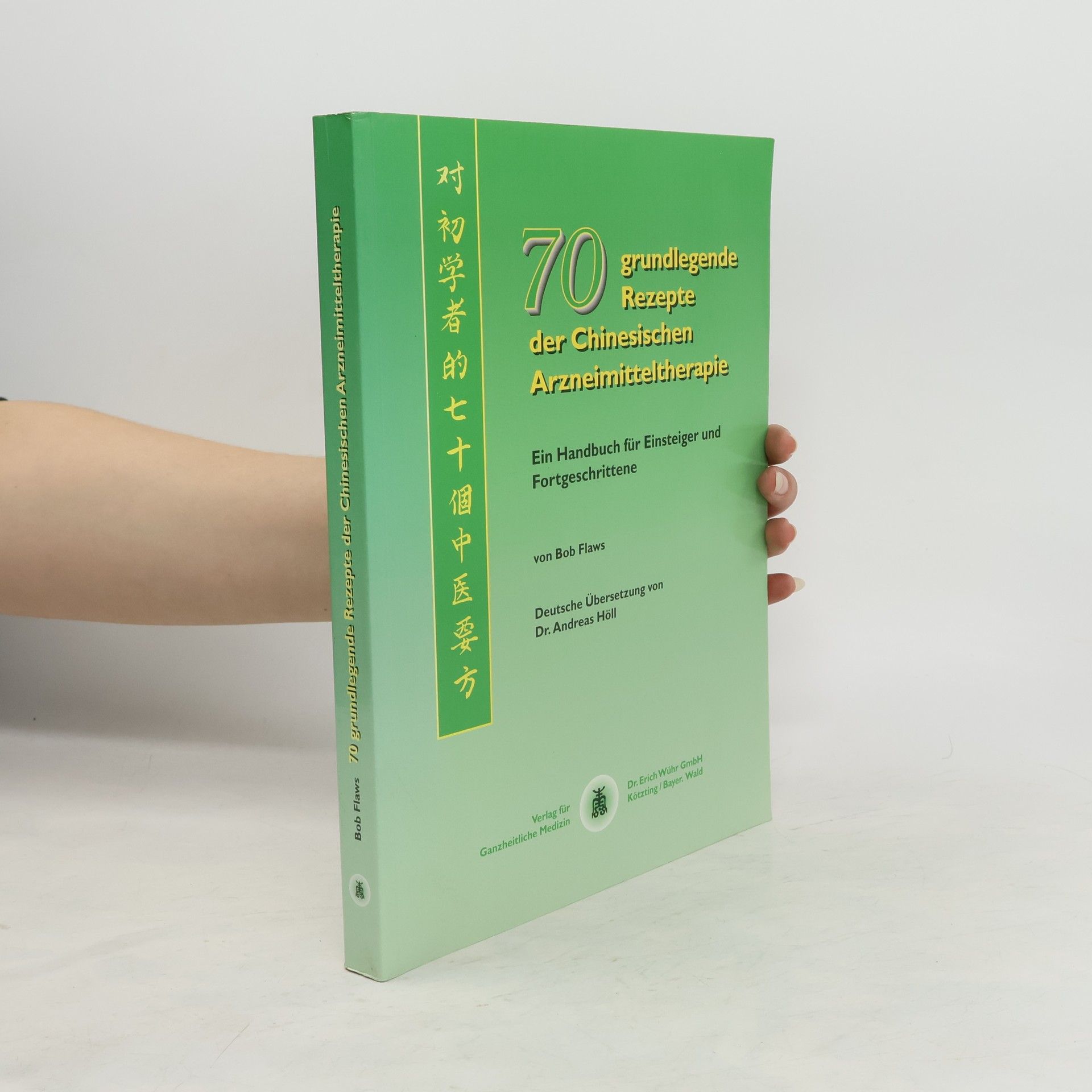Mezi ženami v reprodukčním věku je endometrióza jednou z nejčastějších příčin neplodnosti. Celkově se odhaduje, že endometrióza je příčinou neplodnosti v 15-20% případů. Tato kniha čtenářům vysvětlí, proč jsou v současné době potíže s plodností tak časté a odhalí příčiny podílející se na vzniku endometriózy. Čtenáři se dozví, jak k tomuto tématu přistupuje tradiční čínská medicína. V knize najdou také kapitoly speciálně zaměřené na prevenci, dietu, cvičení a relaxační terapie, které povedou k vytouženému cíli. Podle českých statistik trpí u nás endometriózou kolem 250 000 žen - u 30 - 50 % z nich způsobuje endometrióza neplodnost. Konvenční metody léčení jsou někdy dosti drastické (operačních zákroky, předepisování antidepresiv) a jejich účinnost je často neuspokojivá. Tato kniha je „manuál první pomoci“.
Bob Flaws Book order
Bob Flaws is a prolific author and translator in the field of Chinese medicine. His work focuses on a deep understanding and application of traditional Chinese medical principles. Through his writings, he contributes to the dissemination of knowledge about Chinese medicine, making it accessible to a wider audience.

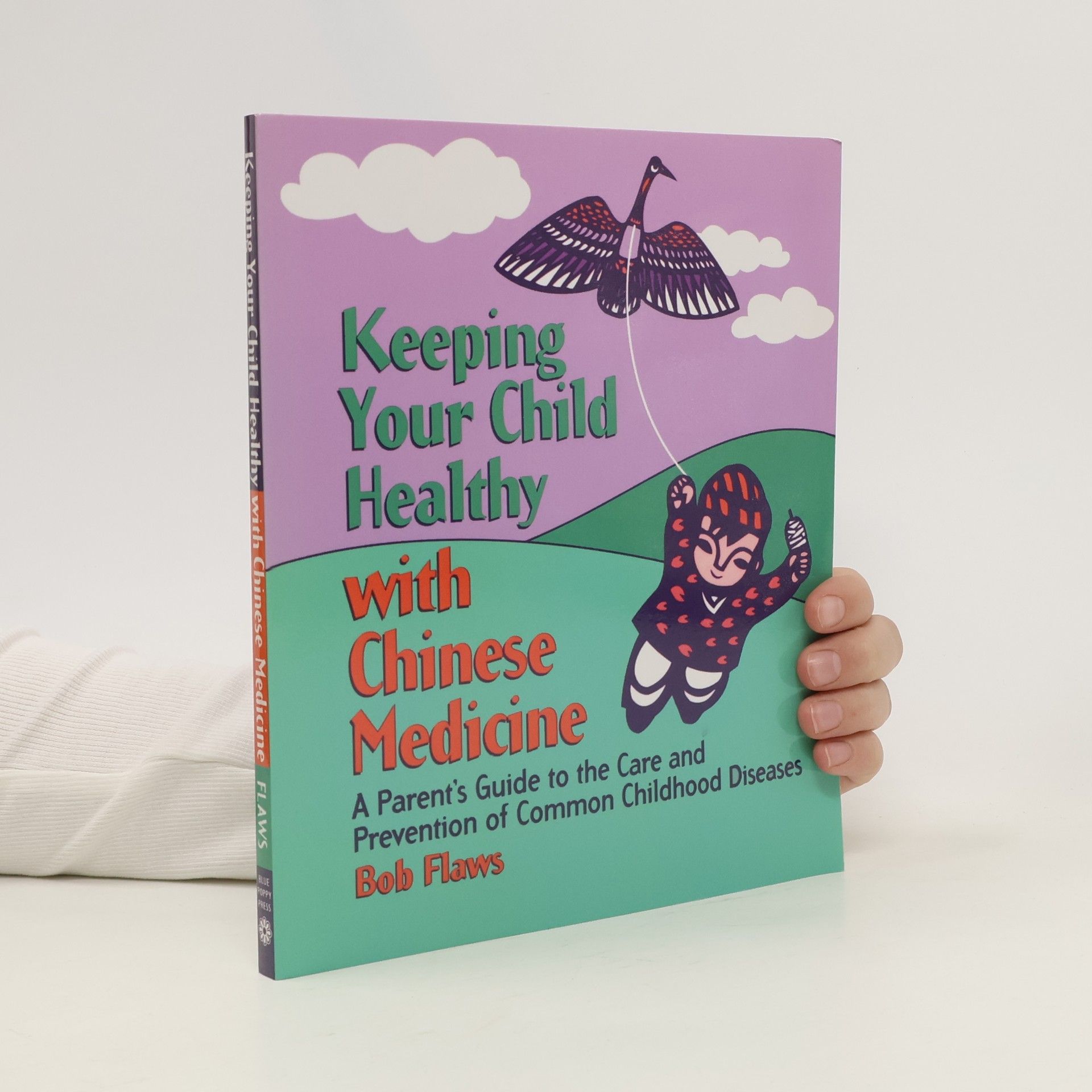




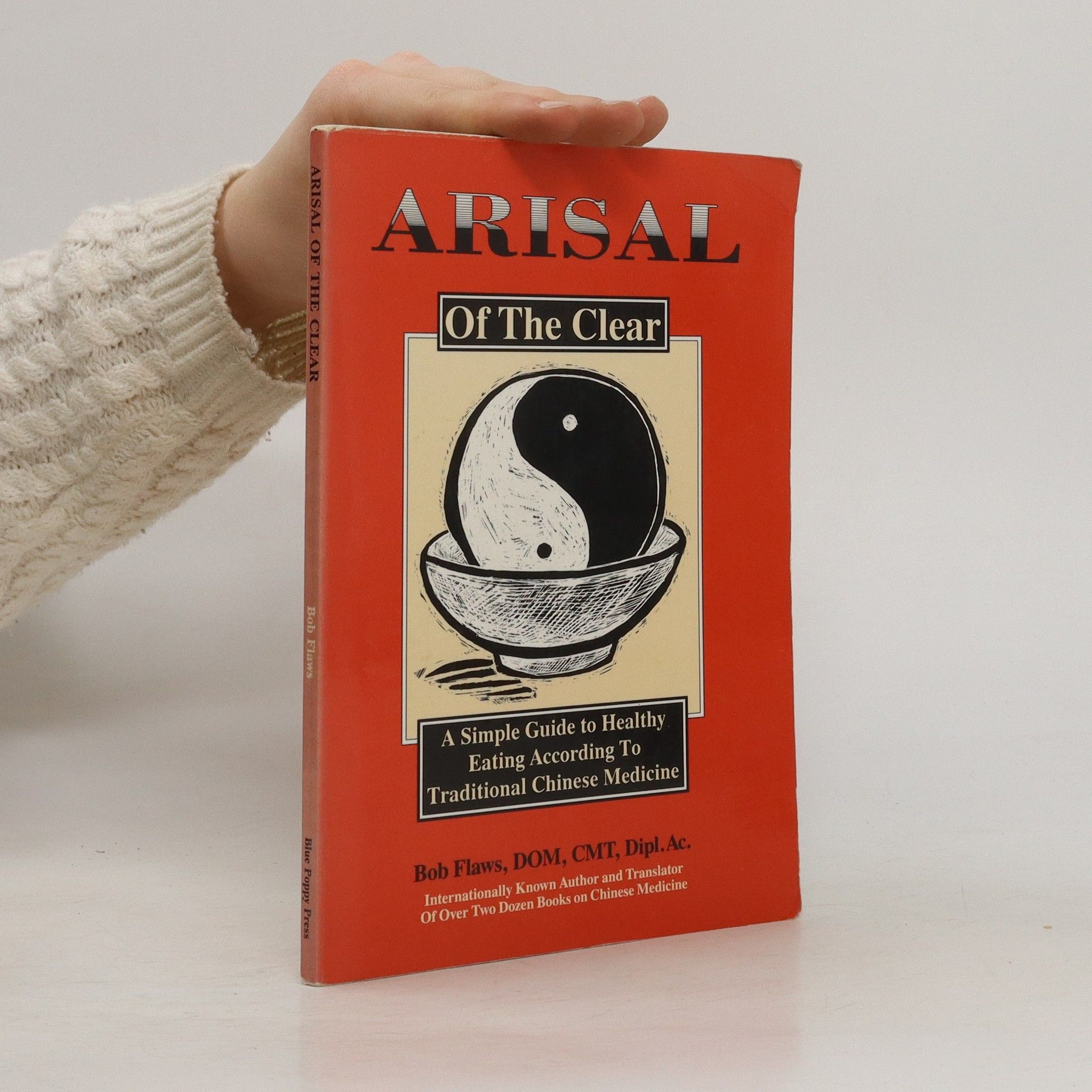
- 2016
- 2011
Dětské zdraví a tradiční čínská medicína
- 154 pages
- 6 hours of reading
Kniha je určena laikům a zahrnuje všechny nejběžnější dětské nemoci a jejich léčení tradiční čínskou medicínou. Začíná přehledem čínské lékařské teorie týkající se dětských nemocí a dále pak podrobně rozebírá třicetosm nejčastějších dětských zdravotních problémů v chronologickém pořadí na základě toho, kdy se u dětí začínají obvykle rozvíjet. Zahrnuty jsou všechny od koliky přes kašel až po hyperaktivitu. V popisu každé nemoci čtenář najde stručnou diskusi o různých typech jejích projevů, včetně toho, jakou pomoc může nabídnout akupunktura a čínská medicína. Dále tipy na vhodné stravování a domácí ozdravné prostředky. Tato kniha má za cíl vzdělávat čtenáře, kteří jsou současně rodiči a rozšířit informovanost o možnostech užití tradiční čínské medicíny.
- 2011
Autor revolučním způsobem popisuje všechny běžné vitamíny, minerály a aminokyseliny tak, jako kdyby to byly tradiční čínské léky. Následuje popis přibližně 200 obvyklých západních potravin z pohledu čínské medicíny. Ke každé potravině vysvětluje její povahu, chuť funkci a indikace z hlediska čínské medicíny. Čtenář vyzbrojený touto informací může zjistit, zda jsou určité potraviny pro něho vhodné či nikoli. Kniha je vhodná pro laiky s malou nebo žádnou předchozí znalostí čínské medicíny. Součástí knihy jsou recepty čínské kuchyně.
- 1998
Chinesische Heilkunde für Kinder
Wie sich Kinderkrankheiten heilen und vermeiden lassen. Ein praktischer Ratgeber für Eltern
- 1998
"This small, concise book on Chinese dietary therapy has been written specifically for lay readers. It is meant to replace two earlier book I have written on Chinese dietary therapy, Prince Wen Hui's Cook, and Arisal of the Clear."--Preface.
- 1997
Based on exhaustive review of dozens of pre-modern and contemporary Chinese gynecological texts and hundreds of articles appearing in Chinese medical journals as well as the author's more than 18 years of experience specializing in Chinese medical gynecology, this new book is unparalleled in its scope and depth. If a practitioner wants to understand how to diagnose and treat women's complaints in Chinese medicine, this book is an absolute necessity. Filled with easy-to-reference charts and diagrams, this book also includes acupuncture and moxibustion and individulally prescribed standardized desiccated extract Chinese herbal treatments.
- 1997
Dieses Buch ist ein Lehrbuch für Einsteiger in die Chinesische Arzneimitteltherapie. Durch die geschickte Auswahl der Rezepte von Bob Flaws ist es dem in die Arzneimitteltherapie einsteigenden Therapeuten möglich, die meisten Patienten zu behandeln. Der Autor will nicht eine möglichst umfangreiche Rezeptsammlung erstellen, sondern das Verständnis der Zusammenstellung eines Rezepts, die Indikationen und die Modifizierung einer begrenzten Anzahl von wichtigen und berühmten Rezepten vermitteln. Dieses Buch ist ein hervorragendes Buch für den Einsteiger in die Chinesische Arzneimitteltherapie und eine ideale Vorbereitung für große Nachschlagewerke wie Benskys „Chinesische Arzneimittelrezepte und Behandlungsstrategien“.
- 1996
This book is the second, revised edition of a practical handbook of Chinese medical patterns with their disease causes and mechanisms, signs and symptoms, treatment principles, guiding formulas, main modifications, and acupuncture treatments. It is meant for both the student and the clinical practitioner. The authors have included numerous patterns previously not described in the English language literature as well as many complex patterns which are commonly seen in real-life practice in the West. It also includes a symptom-sign index and a formula index for easy reference. All medicinal names in this new edition conform to Bensky et al.'s Chinese Herbal Medicine: Materia Medica 3rd edition, and all Chinese medical terminology corresponds to Wiseman and Feng's A Practical Dictionary of Chinese Medicine. Ingredients in Chinese medicinal formulas begin with their pinyin names and are listed down for easier reference. In addition, this new edition contains a number of case histories for use in problem-based learning (PBL) along with suggested answers, thus making it even more useful in the classroom
- 1996
Keeping Your Child Healthy with Chinese Medicine
- 182 pages
- 7 hours of reading
Written for parents, this guide to Chinese medicine covers all the most common pediatric diseases. Beginning with an overview of Chinese, it then discusses 38 of the most common pediatric complaints in chronological order, based on when children typically develop them. This book includes everything from colic and croup to whooping cough and hyperactivity. Under each disease, the reader will find a brief discussion of the different types of patterns typically encountered, what acupuncture and Chinese medicine have to offer, and tips on diet and home remedies.

